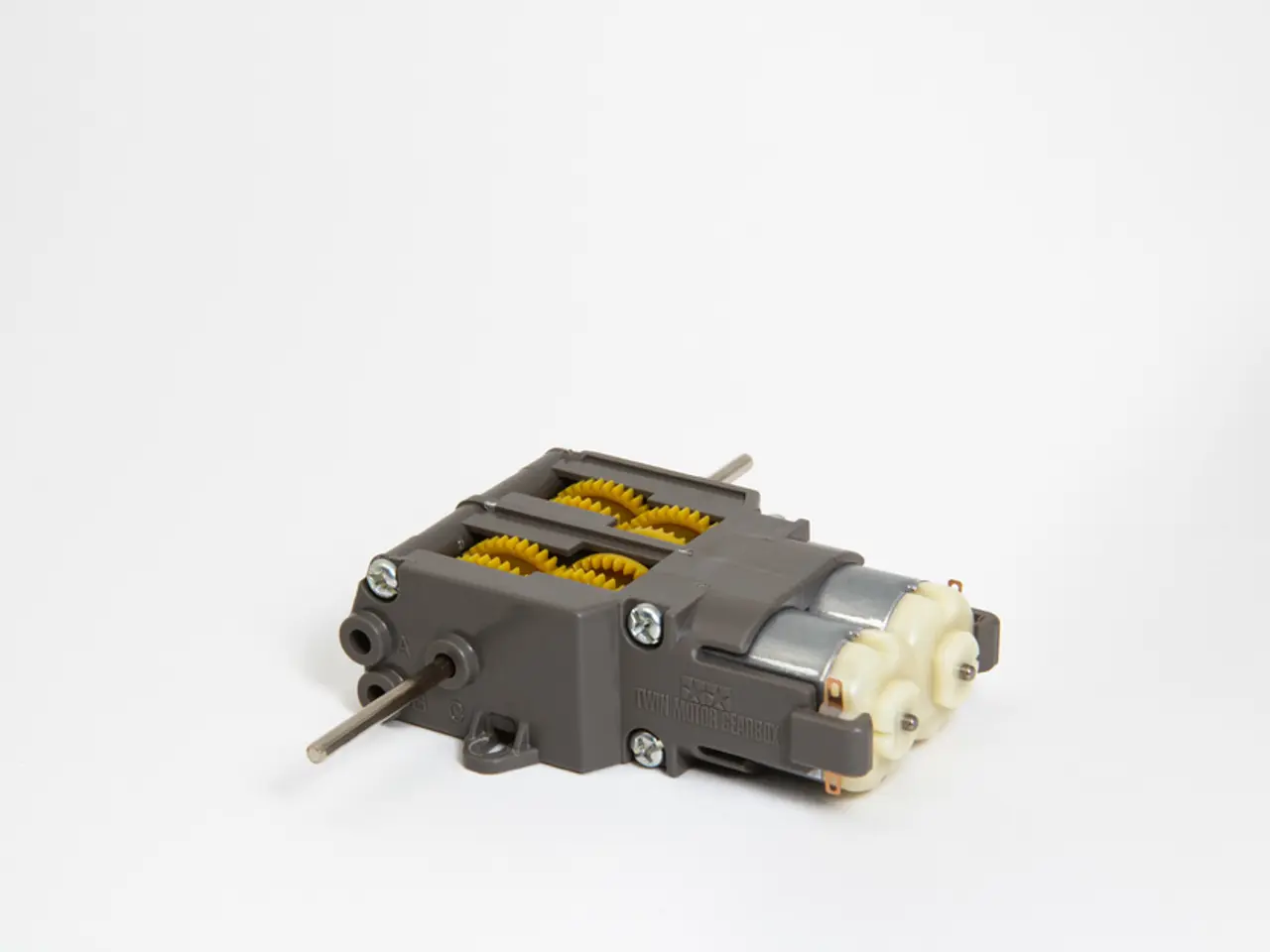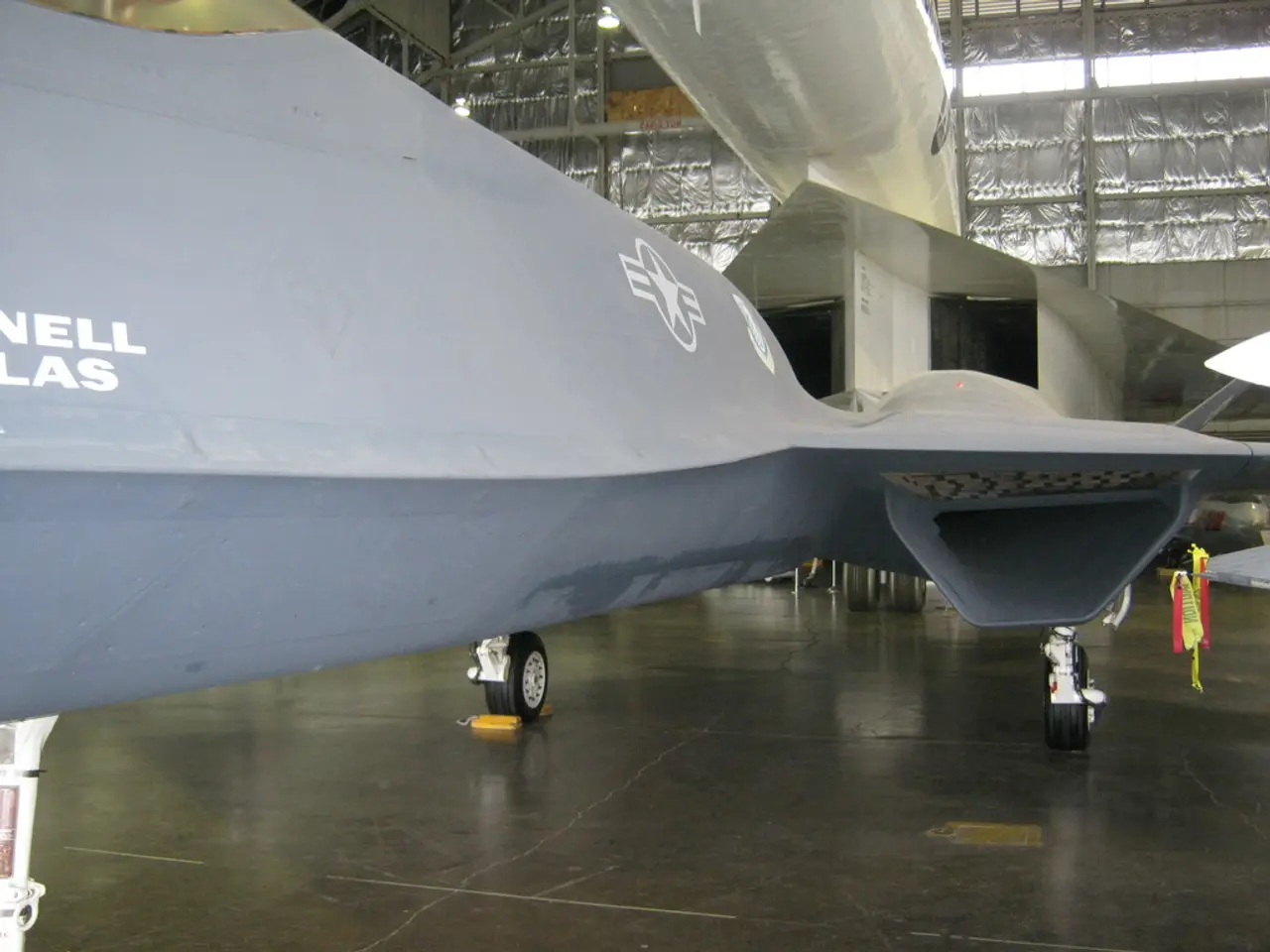Energy Transformation: An Evolving Journey of Motors, Focused on Power Conversion
The story of electric motors begins in the early 19th century, a time when steam-powered machinery was the norm. But a series of groundbreaking inventions and discoveries set the stage for a transformation that would propel us into the modern era.
In 1800, Alessandro Volta invented the voltaic pile, the first battery capable of producing a continuous electric current. This breakthrough paved the way for the study and practical use of electrical energy, transforming electricity from transient sparks to a controllable and steady flow.
Fast forward to 1821, and Michael Faraday, a British scientist, made history by inventing the first electric motor. This invention demonstrated the conversion of electrical energy into mechanical motion, laying the foundation for electric motor technology.
In the following years, Ányos Jedlik, Thomas Davenport, and Nikola Tesla built upon Faraday's work, improving motor design and efficiency. Jedlik developed an early electric motor in 1828, while Davenport created the first American DC electric motor in 1834. Tesla's AC induction motor design in 1883 and patents in 1887 were particularly significant, as they enabled efficient electric power transmission and motor operation, critical for electrification beyond local batteries.
By the 1880s, advances in electric power generation and distribution, such as Thomas Edison’s development of a practical carbon filament light bulb (1879) and opening the first commercial power station in 1882, and Westinghouse's adoption of Tesla’s AC system, greatly enhanced the viability and scalability of electric motors.
These technological milestones contributed to the transition from fuel to electricity in motor technology. They provided a reliable and controllable supply of electrical energy, demonstrated practical electric motors capable of propulsion, and allowed the development of high-efficiency motors based on alternating current, which could be powered over distances.
Electric motors revolutionized several industries in the late 19th century, setting the stage for the modern era. Today, efficient motor operations have become crucial in reaching sustainable and profitable goals in areas like green manufacturing and transportation.
The evolution of motors was not just about speed, but also about energy efficiency. As we strive to reduce our carbon footprint, save energy, and lower operational costs, the importance of energy-efficient motors cannot be overstated.
In this article, we delve into the history and present of motor technology, discussing the three main types of electric motors: DC motors, AC induction motors, and stepper motors. We also explore how the integration of electronics into motors has made them responsive, intelligent, and capable of advanced automation.
We hope this article sparks your curiosity about motor technology and its role in our shift towards renewable energy and sustainable practices. For further exploration, we encourage you to delve into engaging discussions, data-driven insights, and interactive elements.
References:
- History of Electric Motors
- The History of Electric Motors
- The Evolution of the Electric Motor
- The Development of Electric Motors
- The Voltaic Pile: A Milestone in the History of Electricity
Science and technology continued to advance in the 19th century, leading to the development of practical electric motors. In 1821, Michael Faraday invented the first electric motor, marking the beginning of electric motor technology, while Nikola Tesla's AC induction motor design in 1883 and patents in 1887 further improved motor efficiency and enabled efficient electric power transmission and motor operation.



